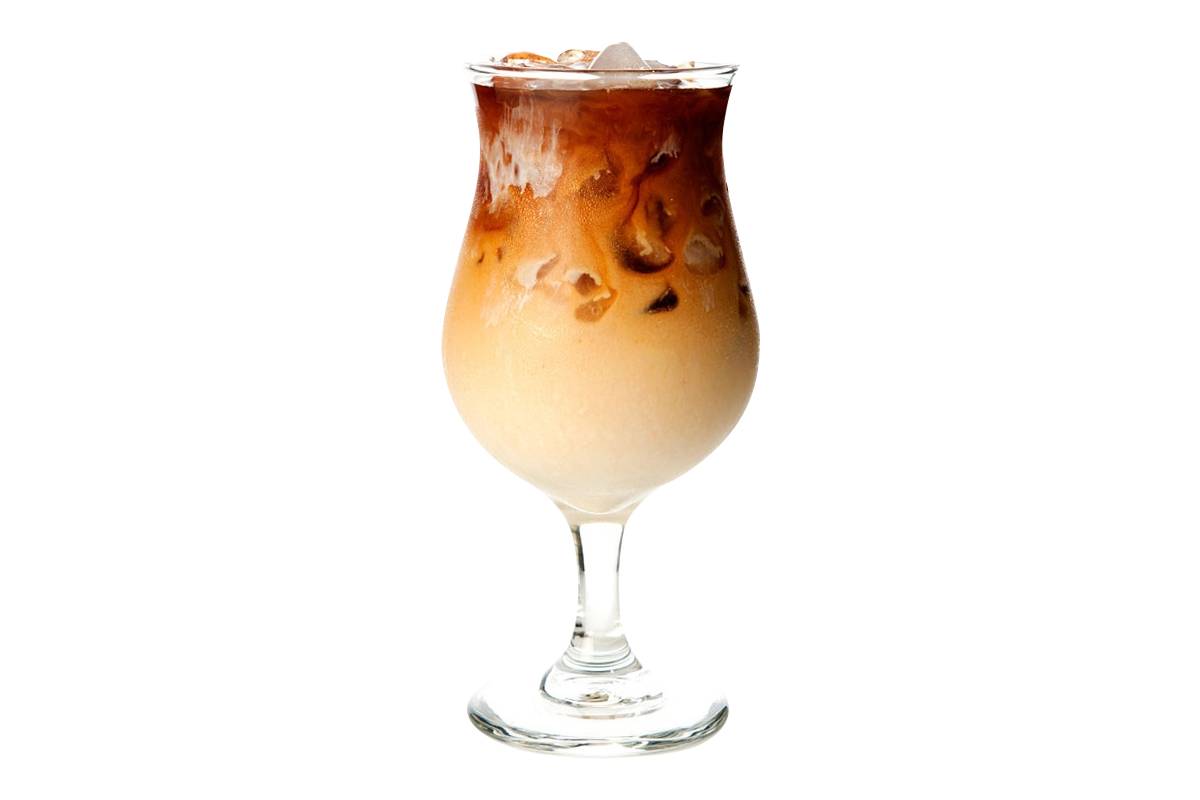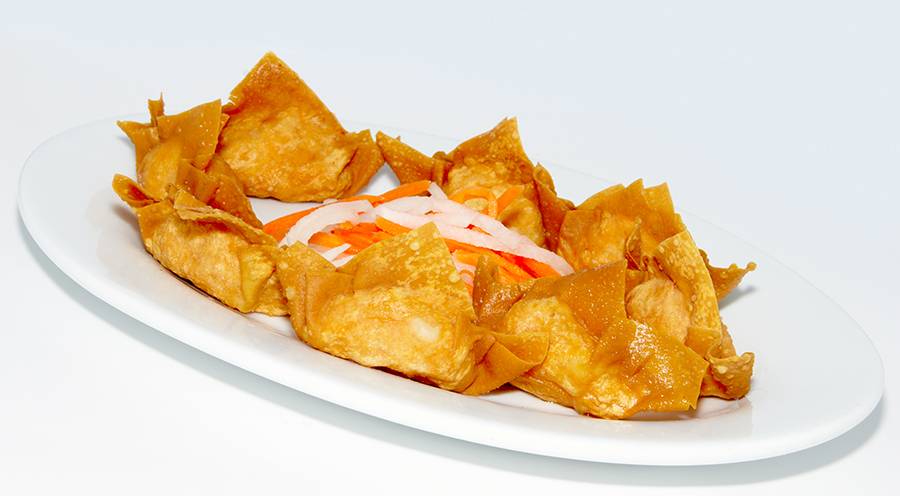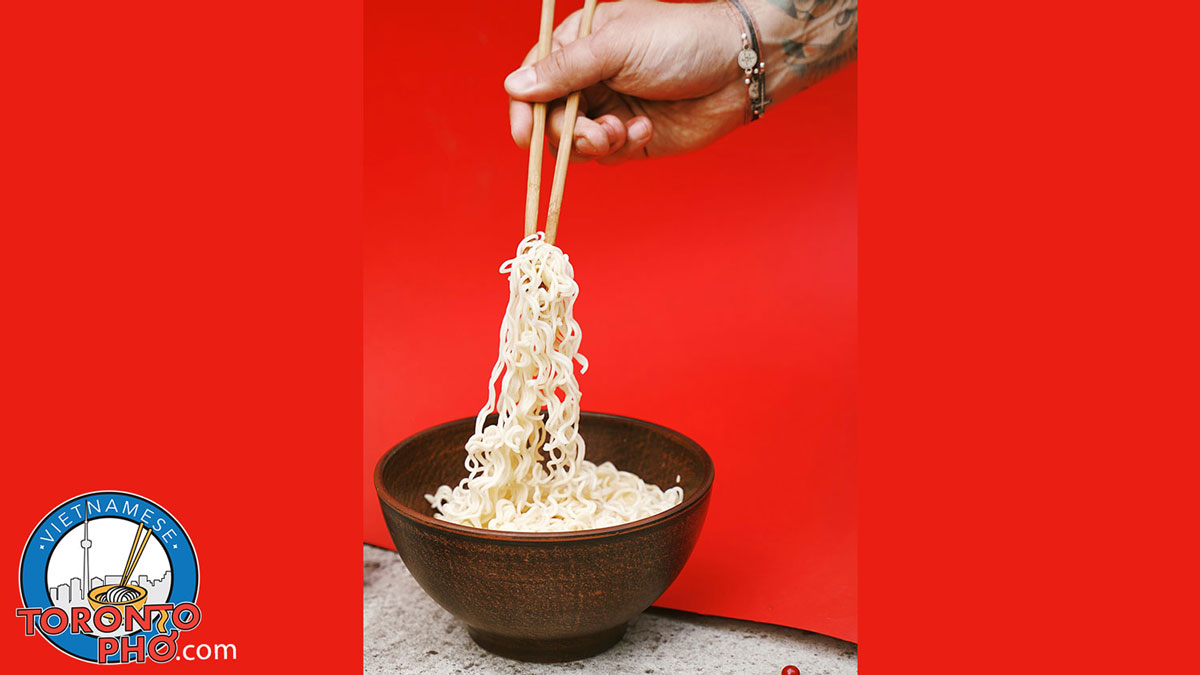
You can’t discount the importance, use, and all-around tastiness of carb-friendly noodles in Vietnamese cooking. Often served in soup or separately on the plate, there are more than a dozen creative Vietnamese uses of noodles. Prepared authentically, these noodles are always filling, delicious, and help support a nutritious diet.
Rice noodles
There are two main types of noodles used in Vietnamese cooking. Though you can create a noodle out of almost any food, it is rice and vermicelli that are most popular. Rice noodles are made from rice and are a great choice for salads, stir fries, soups, and more. Sturdier and flatter than vermicelli, they are best cooked – like pasta – in boiling water.
Rice vermicelli
Rice vermicelli is a thinner version of rice noodles, usually cooked by pouring boiling water over them. They are then left to soak until soft. Vietnamese-style rice vermicelli like this is used for a variety of purposes, sometimes confused with cellophane noodles which is a mung bean-derived Asian vermicelli.
Read more: 19 Vietnamese Noodle Dishes that come Fresh, Delicious, and Packed with Nutrients
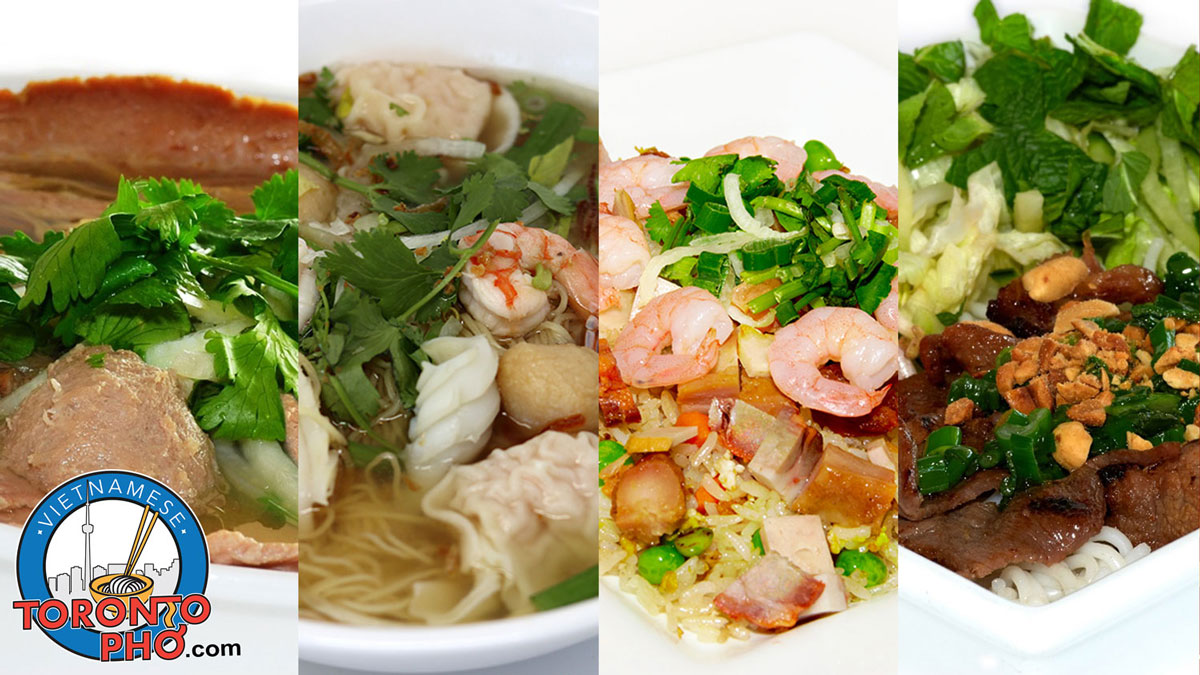
One doesn’t have to go far down the menu to find healthy eating in Vietnamese cuisine. All of Vietnamese food is built around predominantly healthy components and achieving balance between tastes, ingredients, and textures.
When Vietnamese eating is prepared in a Toronto restaurant like TorontoPHO, only the freshest ingredients are used – whether that’s herbs, vegetables, or meats. A lot of our dishes come equipped with large portions of veggies to help fill up the tummy. What are the healthiest Vietnamese foods to eat in Toronto – check them out below!
Goi ngo sen, or lotus root salad
Most salads are healthy, usually made very fresh in Vietnamese cuisine. Lotus root salad comes rich in fiber and vitamins, with the lotus root known to have numerous medicinal benefits from lowering blood pressure to improving digestion and reducing cholesterol. Sometimes, the lotus root salad is mixed with carrots, pork, shrimp, and seasonings to create a balanced, tasty Vietnamese meal you won’t be challenged to finish.
Read more: What is the Healthiest Vietnamese Food You Can Find in Toronto – read here!
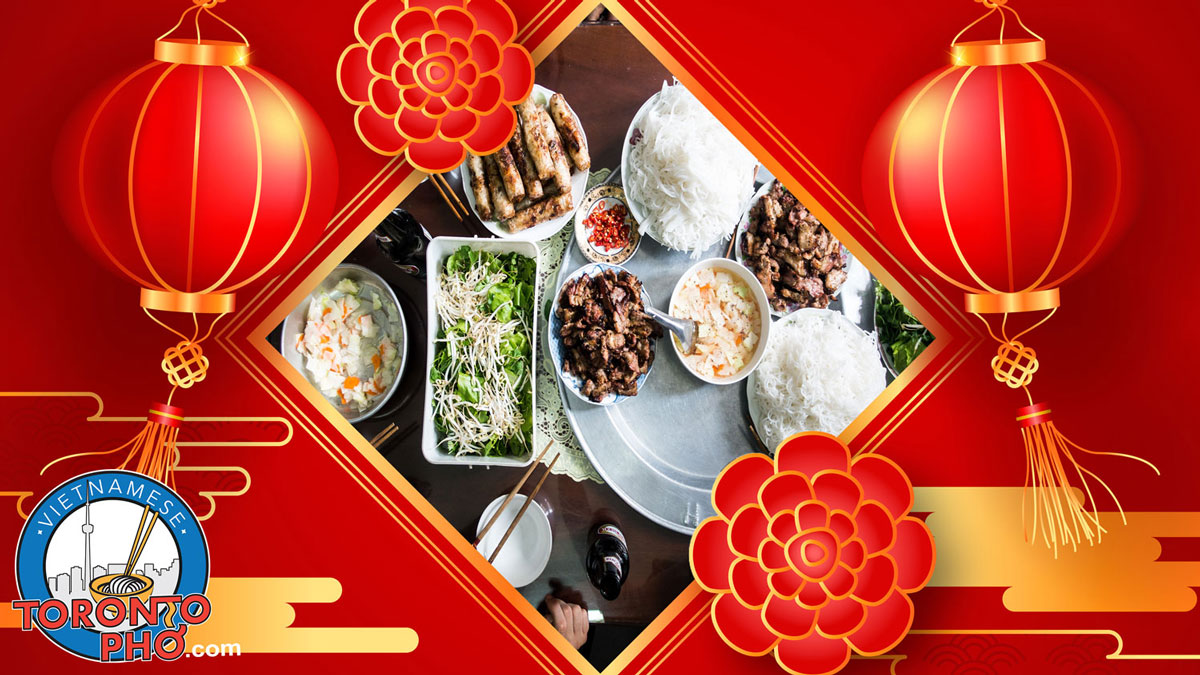
Unlike in Canada, the Vietnamese New Year falls on a different date. This year, the New Year begins on Saturday, January 25, 2020. For those that don’t know why it’s a different date, the Vietnamese Lunar New Year references the beginning of a calendar year that coordinates months to the cycles of the moon. The same is done in Chinese, Japanese, Korean, Mongolian, and Tibetan cultures among other cultures.
Just like in Canadian culture, in Vietnam, food plays a central role in the celebration around special occasions like New Year’s. This is the most important holiday of the year for many Vietnamese families and so the meal prepared is one that is endlessly special. There are a lot of traditional dishes, prepared from recipes passed down for generations. There are also newer cuisine favourites that have been gaining popularity as Lunar New Year dishes. Here’s what Vietnamese foods will be used to celebrate Lunar New Year this year.
Banh chung, or square steamed cake
Eating a healthy, balanced meal on New Year’s is central to Vietnamese cooking. Banh chung comes from northern Vietnam. They are square shaped rice cakes usually made from rice, seasoned pork, and mung bean, and then are wrapped in banana leaves. Sometimes, a small ribbon usually in red or green is tied on it signifying good luck.
Read more: What Food and Meals are Eaten on Vietnamese Lunar New Year – read here!
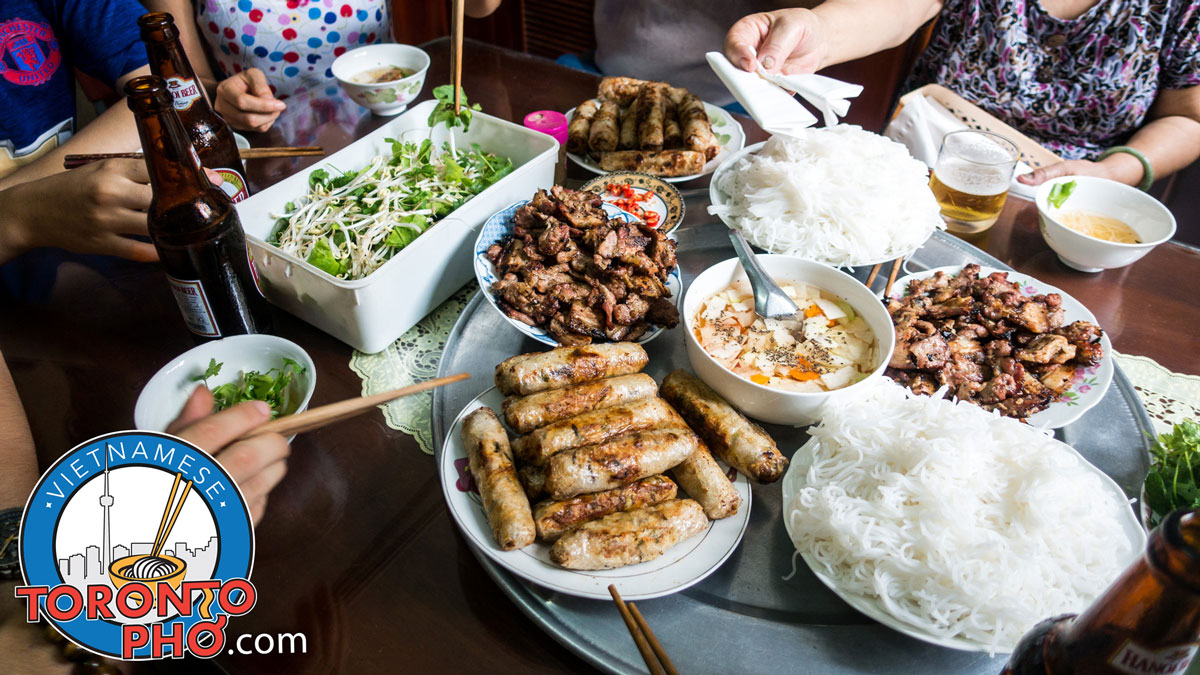
Do you love healthy, balanced meals? What about noodles, soups, or light fare with herbs, vegetables and the tastiest broths? In a nutshell, this is where Vietnamese cuisine starts. Everywhere you turn in the great Vietnamese cookbook, you’ll find delicious and popular Vietnamese meals that are loved not only in Vietnam but also by Canadians in our beautiful country.
This year saw a record number of Vietnamese restaurants in Toronto, Ontario, and Canada maintain operations. More Canadians than ever are digging into Vietnamese food and loving it. Healthy herb and vegetables, a little bit of influence from French cooking, and of course all the unique variations ranging from choice of protein, noodles, and broth, to vegetarian and vegan options, this is what makes this ethnic cuisine so special. In celebration of Christmas, the holiday season and the New Year ahead, here are 2019’s top Vietnamese food in Canada, as selected by Canadians.
Ca Phe Trung, or egg coffee
For those who haven’t had it, they may think, what the heck is Vietnamese egg coffee? As you may suspect, it’s essentially a whipped egg served over hot coffee. It combines a little French cuisine with Vietnamese harkening back to decades ago when the region was once a French colony. With some extra condensed milk in there and you’ve got a winning beverage!
Read more: What is the Most Popular Vietnamese Food in Canada for 2019 – See the List!
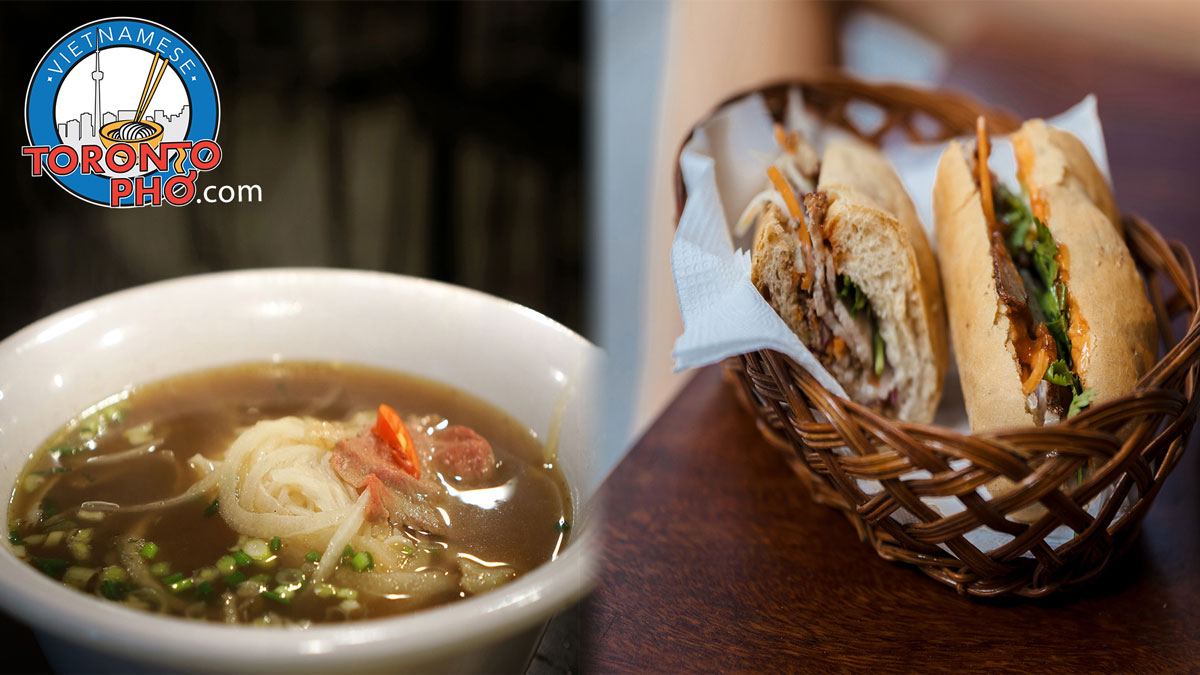
The rich history of Vietnamese cuisine has brought to us two amazing culinary inventions – the popular Vietnamese soup known as ‘pho’ and the supersized sandwich ‘banh mi’. Any day in Toronto, you can visit any Vietnamese restaurant and find dozens of people either pulling spoonfuls of pho up to their mouth or chowing down on a banh mi. In the world of delicious Vietnamese food, banh mi and pho are two of the most popular items that exist on the menu. The question remains, which is the better representation of Vietnamese cuisine – well, read on.
The story of banh mi
Banh mi plays from Vietnam’s history as a French colony decades ago. Banh mi starts with a French-style baguette and then, fills it with rich meats, fresh vegetables, and herbs. Banh mi in large part began through the need to eat French-style food with local ingredients. This meant taking local delicacies like meats, herbs, and veggies, and putting them inside something that could easily be carried, held, and eaten.
If there was ever a meal that perfectly mixed together French and Vietnamese influences, probably banh mi is what would come to mind. The crusty warm bread, the richness of the meats, and everything that the veggies and herbs bring to it – it’s all exquisitely French-Vietnamese. Mirroring the history of the country in a bread, banh mi is an unmistakable Vietnamese food belonging on any menu and in every family’s kitchen recipe collection.
Read more: Banh Mi or Pho, Which is a Better Representation of Vietnamese Cuisine

Are you looking to lose weight? A healthy, vegetable-based diet that isn’t carb heavy is an absolute must. Where to find that can be challenging in a world of restaurants, meals, hearty temptations, and fast food. Instead of giving in to the easy way to satisfy your tummy, try Vietnamese cooking and let’s help keep your weight loss on the downward trend.
Why Vietnamese cooking is the perfect weight loss diet
Light and refreshing, Vietnamese cuisine uses little oil, uses little or no preservatives, and is made from fresh ingredients oftentimes right from the farm or garden. When you consume authentic Vietnamese food, you aren’t exposing yourself to very many toxins or very much that’s going to negatively impact your health.
Read more: Light, Healthy Vietnamese Eating may be Key to Your Weight Loss
More Articles ...
Page 35 of 53

